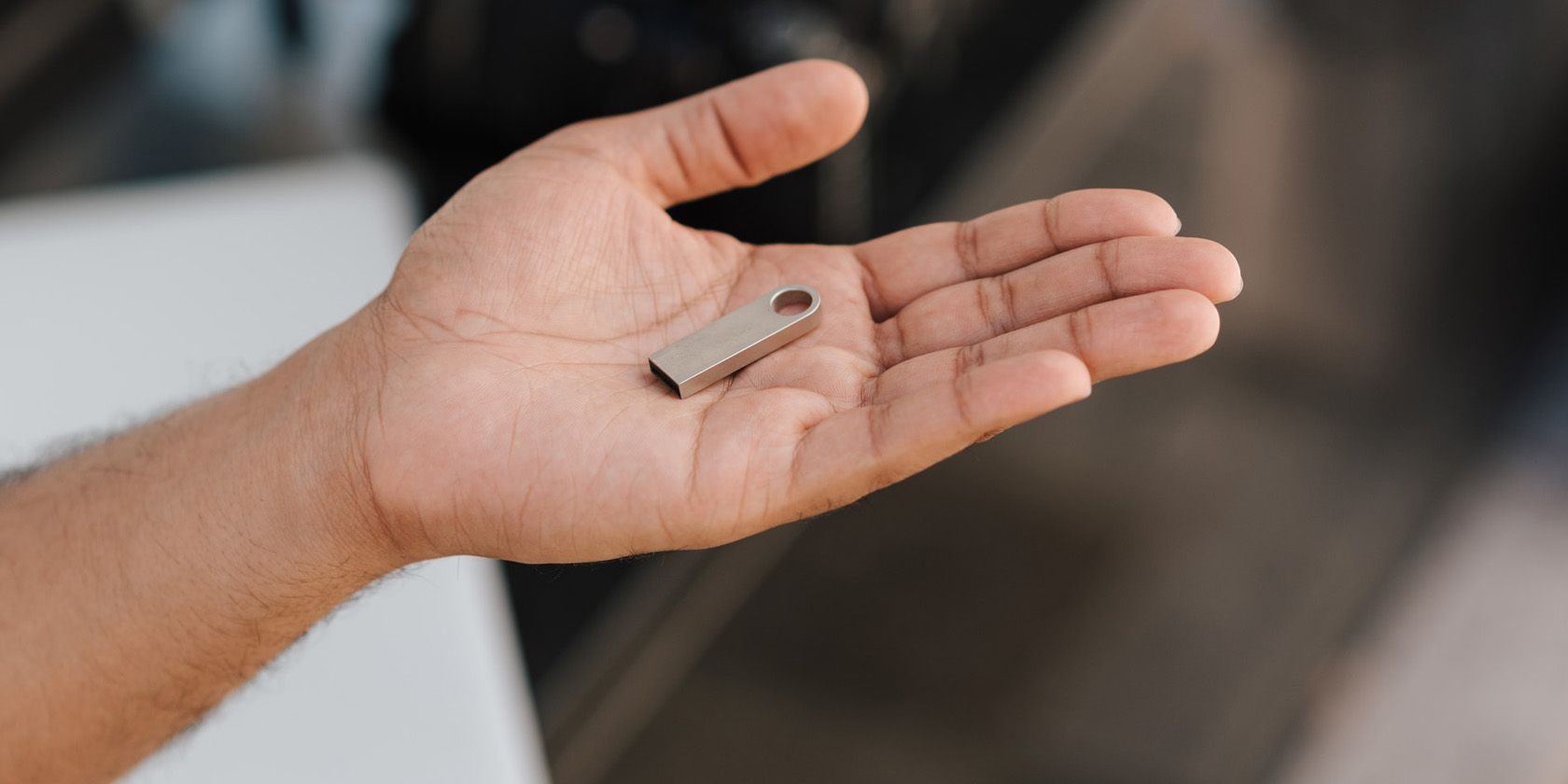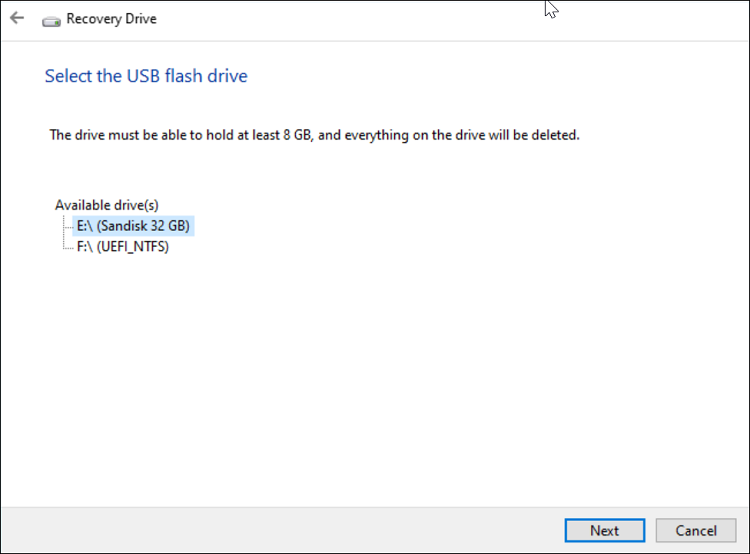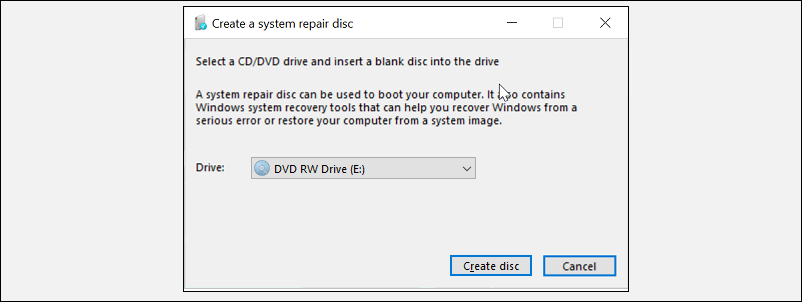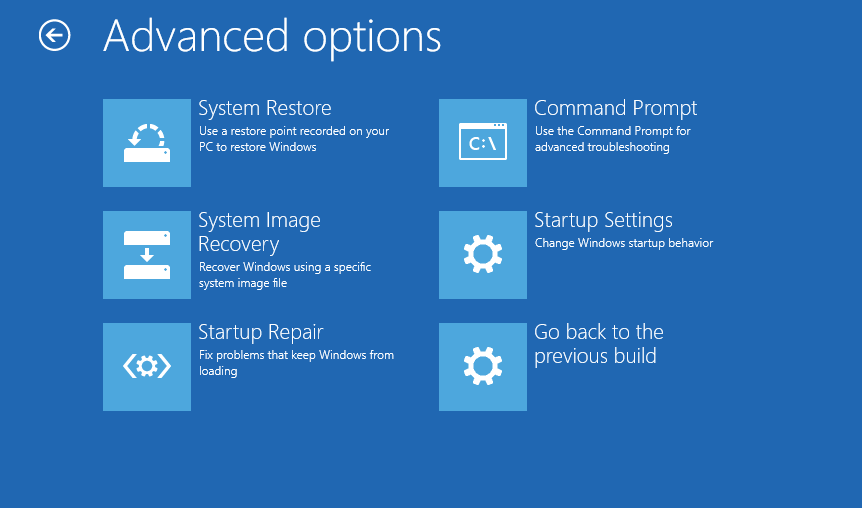Windows 10 offers multiple recovery options to help you troubleshoot your system when a serious error occurs. If you have a recovery drive or system repair disc, you can use it to revive your PC after a system failure.
System Repair Disc and recovery drive offer effective recovery solutions with restore tools to troubleshoot system errors. This way, you are not entirely dependent on your luck or a smack to get your system working again. But, there are some key differences between these two recovery media types.
What's the Difference Between System Repair Disc and Recovery Drive?
As the name suggests, a system repair disc is a Windows repair tool burned to a DVD. It is a bootable disc that contains system recovery tools to troubleshoot Windows startup problems and restore a system image backup.
While the system repair disc feature was introduced with Windows 7, the recovery drive option arrived with Windows 8. The recovery drive uses a USB flash drive to create a bootable drive. It contains all the troubleshooting tools provided by the system repair disc and some more.
Since the recovery drive offers an option to copy system files required for Windows installation, you can use it to clean install Windows 10, if needed. You can't achieve this with a system repair disc.
That said, you can use the USB recovery drive only to troubleshoot the PC that you used to create it. In contrast, a system repair disc will work with any system running the same version of Windows 10.
How to Create a Recovery Drive
Connect a USB flash drive that you want to use for the recovery drive to your PC. Microsoft recommends using a USB drive with at least 16 GB of storage. Ensure the USB drive is empty, as this process will erase any data stored on the drive.
Also, format the USB drive to the NTFS file system to avoid any issues when creating a recovery drive.
To create a recovery drive:
- Input recovery drive into the Start menu search box and select the Best match.
- When the Recovery Drive window opens, check the Back up system files to the recovery drive box. Copying the system files is optional, and the recovery drive process may take a bit longer to complete, but we advise you to keep it ticked. Click Next.
- Windows will scan for available USB drives and list them. Select the USB drive from the list and click Next.
Read the description in the recovery drive window and click Next to initiate the recovery drive creation process. Windows will first format your USB drive to the FAT32 file system and then copy the necessary files. This process may take some time.
Once the process is complete, close the Recovery Drive window and eject the USB storage. You can use this recovery media to troubleshoot Windows startup issues, access advanced boot options, and refresh and reset your PC in case of a system malfunction.
How to Create a System Repair Disc
Needless to say, to create a system repair disc, you need a blank DVD/CD and a DVD-RW drive.
To create a system repair disc:
- Input control panel in the Start menu search bar and select the Best match.
- In the Control Panel window, select System and Security > Backup and Restore (Windows 7).
- On the left pane, click the Create a system repair disc link. Insert a DVD or CD into the DVD drive if you haven’t already.
- In the Create a system repair disc window, click the drop-down button and choose your DVD/CD. Then click the Create disc button to proceed.
Windows will start the process of creating your system repair disc. Since it does not involve copying system files, the process will complete quickly. After the disc is created, read the important information presented on the screen to understand the use. Then, click the Close button and eject the disc.
As discussed earlier, unlike the recovery drive that is tied to your PC, the system repair disc is linked to your PC’s Windows edition (32-bit/64-bit). Therefore, you can use it to repair any computer as long as the Windows version matches the repair disc version.
How to Use the System Repair Disc or Recovery Drive to Restore Windows 10
When Windows fails to start correctly, it will automatically boot from the recovery partition and load advanced startup options. However, if it's unable to load or repair itself, you can use the recovery drive to troubleshoot the computer.
Insert the recovery USB drive or DVD into your PC and power it on. Your PC will boot from the recovery drive automatically and show the Troubleshoot screen. If it doesn’t, change the boot order to boot from the recovery drive.
Once your PC boots from the recovery drive, you can choose to reset your computer or access Advanced options. We recommend you try the Advanced options first. It consists of system repair options such as System Restore, Recovery from System Images, Go Back to the Previous Version, and Automatic System Repair.
As a last resort, if the advanced options did not help, use the Reset your PC option to clean install Windows 10. The reset process will reinstall Windows, delete all the files, and remove apps that did not come with the OS.
Create a Recovery Drive Before Your PC Goes Kaput!
Now that you know how to create a system repair disc and USB recovery drive in Windows 10, it is time to create one before your PC stops working. If possible, create both the recovery media. While the recovery drive can help you reinstall Windows, you can use the repair disc to restore your computer from a system image.
Since neither of these recovery methods backs up your personal files, make sure to create a good backup routine. So, when the disaster strikes, you will be able to minimize the damage.





